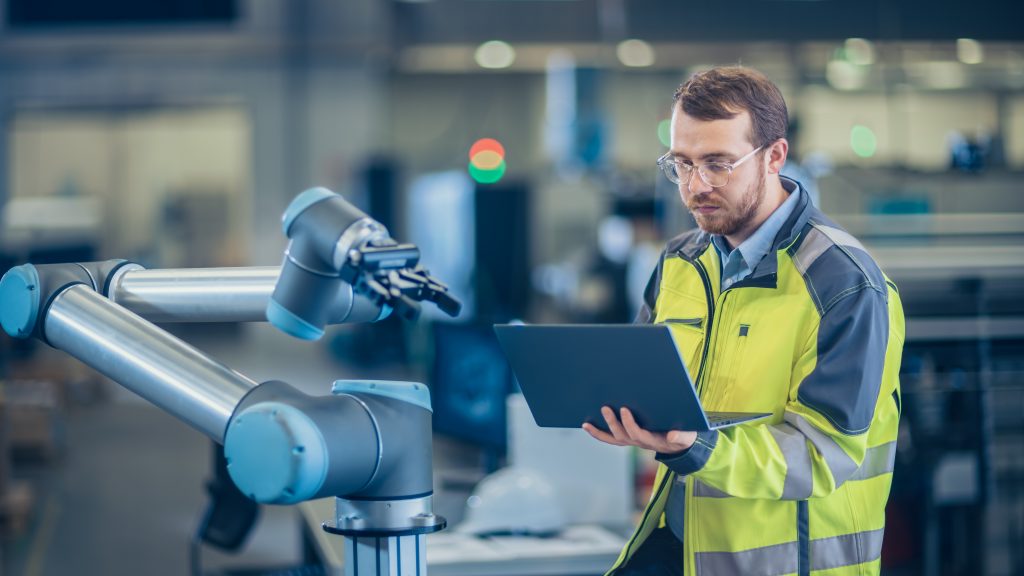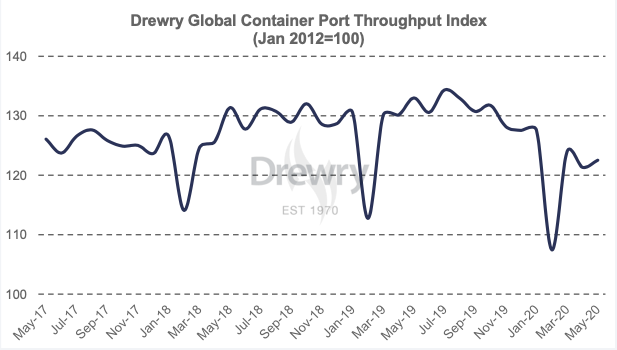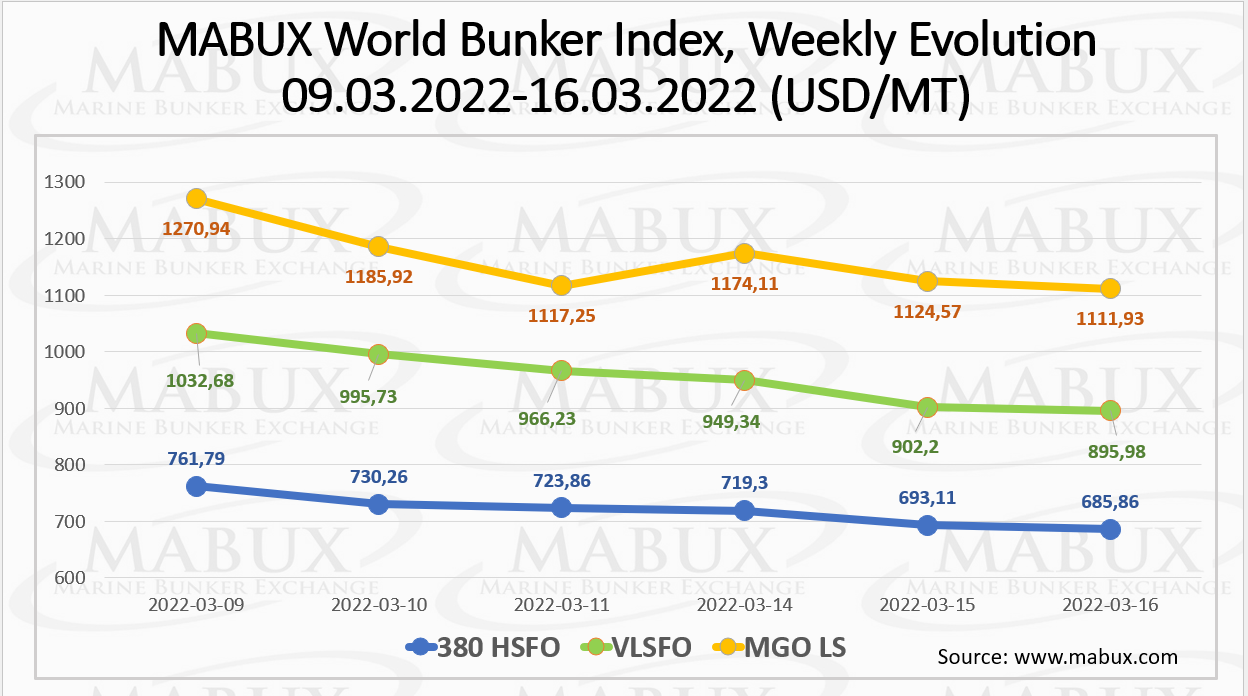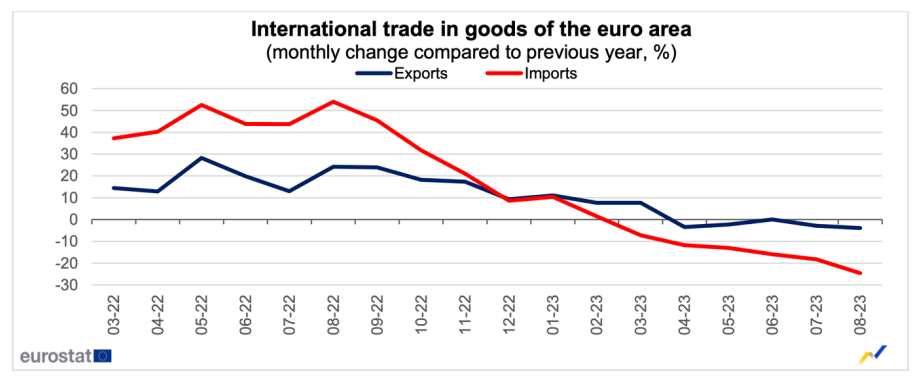

What picture comes to mind when I ask you to think about the word “robotics?” If you’re involved in industry, it is likely one of the all-too-famous robotic welding or painting arms that are now synonymous with automotive manufacturing.
If this is the idea that jumps to mind, then I’m afraid to say it, but you’re a solid decade behind the times but that isn’t necessarily your fault.
Having recently visited the chocolate museum in Cologne, Germany with my family, the smaller scale robot that was moving finished chocolates into packages came more immediately to mind for me. Regardless, both examples have something in common, these robots are “caged,” enclosed by safety fences to ensure humans do not accidentally encroach on their working spaces as they are relatively dumb machines that pose a tangible risk to their human counterparts.
Essentially there are the three “Ds” in jobs – dirty, dangerous, or dumb
Pull the focus out a bit and I’m reminded of the heavily automated, fenced in area of Masvallkta II in Rotterdam. But is this the way of the future? As already noted, if we think the answer is yes – than we’re not really considering the current state of robotics – and, well, an AGV is really just a big robot.
I had the pleasure of visiting Odense, Denmark before the world went into lockdown this year. If it doesn’t ring a bell for you, perhaps it should. You see, Odense is home to nearly 200 robotics companies. One could make a pretty good argument that it is the robotics hub of the world (though I’m sure Boston, US would have something to say about that, alas, I digress). What I learned over the course of a short week entirely changed how I viewed robotics and subsequently, what I could imagine as a future for our industry.
What we think of as common place in ports and terminals as either equipment or human specific jobs is going to be flipped on its head.
Universal Robotics was founded in 2005 by a group of engineers, though Esben Østergaard, is generally attributed with the company’s success. They matter because Universal Robotics created a new-type of robot, something called a collaborative robot, or Cobot for short. Generally speaking, Cobots are smaller in form; these robots were designed to work in conjunction with their human counterparts safely. Further, they’re easier and faster to program which make them ideal for being applied to a broad range of traditionally, non-robotic jobs.
History is the real judge here, and 15 years on, Cobots have revolutionized entire tracks of manufacturing that robotics previously couldn’t. And, after a week of sitting with various robotics companies who are actively combining the innovation of modern low-cost, high-reliability sensors with the advances in AI and machine learning (ML) and there is virtually nothing they can’t be trained to do.
I met a cobot named “Amigo” who is set to reshape the building industry by assisting carpenters with safely and accurately cutting materials. I sat with a company who trains robots to mimic human movement using a highly specialized sensor system combined with AI. They are paving the way for robots and Cobots to perform highly “human” tasks. Finally, I met with a chap who showed me nearly a dozen different types of robots and Cobots and ended with a traditional robot that had been retrofitted with a range of new sensors that gave it the added intelligence it needed to increase the safety of it around humans.
The make a long story short, what we think of as common place in ports and terminals as either equipment or human specific jobs is going to be flipped on its head. Further innovation in sensors will continue to improve the reliability and uptime of automated equipment. Advances in AI will further refine the way productivity of the hardware it controls.
And humans should watch out too; the way it was explained to me in Odense was this: essentially there are the three “Ds” in jobs – dirty, dangerous, or dumb. If the work that you’re doing falls into anyone of those categories, you can bet a company is working on a robot to do it for you.
Here’s to industry 4.0….
Source: Matthew Wittemeier
Follow Matthew on Twitter:
[tfws username=”M_IamThinking” height=”700″ width=”350″ theme=”light” color=”#FAB81E” tweets=”2″ header=”yes” footer=”yes” borders=”yes” scrollbar=”yes” background=”yes”]













